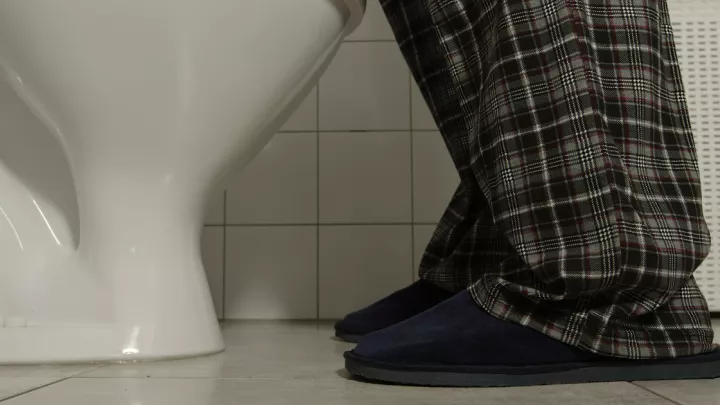My wife wants me to get a vasectomy

Getting a vasectomy is a big decision for a guy or couple. Permanent male contraception is not an option couples often think about. Although only about 6 percent of men in the U.S. have had a vasectomy, it provides better pregnancy protection than condoms, which have a failure rate of about 1 in 10 compared to 1 in 2,000 vasectomy failures.
Convenient and effective
Vasectomy is more convenient and effective than traditional contraception methods women use, with fewer risk factors. There’s no taking the pill on schedule and no risk of pelvic inflammation or vaginal bleeding from an IUD (intrauterine device).
Tubal ligation, which also provides permanent contraception, is a hospital-based surgical procedure requiring general anesthesia. It has a higher failure rate than vasectomy, with risk factors that include blood clots and intestinal perforation.
What’s the vasectomy procedure like?

To minimize discomfort, I perform no-scalpel vasectomies, using a device to make a small opening in the scrotum. Vasectomy is an office-based procedure that takes about 20 minutes and uses local anesthetic. For each side, I remove a 1 to 2 centimeter piece of the vas deferens, the tubes through which sperm moves to the urethra, then tie off or cauterize the ends and make sure they are separated.
Do you and your partner agree?
Vasectomy is a great option if you and your partner both agree that you don’t want children. This is an important issue we will discuss during your first appointment.
How long does recovery take?
Recovery only takes a few days. Use ice packs on your scrotum to help with pain. If you have a vasectomy on Friday, you can generally be back at work on Monday. If you have a desk job you may be able to go back to work sooner.
What are the side effects or risks?
Immediately afterward, there may be bruising or bleeding around the vasectomy area. You also may experience long-term pain in one or both testicles. The main side effect of vasectomy is long-term permanent male contraception. It does not protect against sexually transmitted diseases.
When does it become effective?
Only when there are no moving sperm in your semen are you in the clear. It takes about 15 to 20 ejaculations to clear out remaining sperm. After that time, you’ll bring in a sample to make sure there are no moving sperm in your semen.
Can a vasectomy lead to ED?
No, although a small percentage of men do describe different sexual function, some better, some worse, after vasectomy.
Does a vasectomy increase risk of prostate cancer?
Despite lively debate on this subject, there is no biologically clear reason why a vasectomy should increase the risk of prostate cancer.
Am I too old?
A man is never too old for a vasectomy. If you are in a relationship and there is risk of pregnancy, vasectomy is a consideration.
Your partner’s age matters more, not yours. If your partner or wife is past menopause, there’s no need for a vasectomy. If she is near the age of menopause, pregnancy is still possible during the transition, so vasectomy is the option some couples choose.




